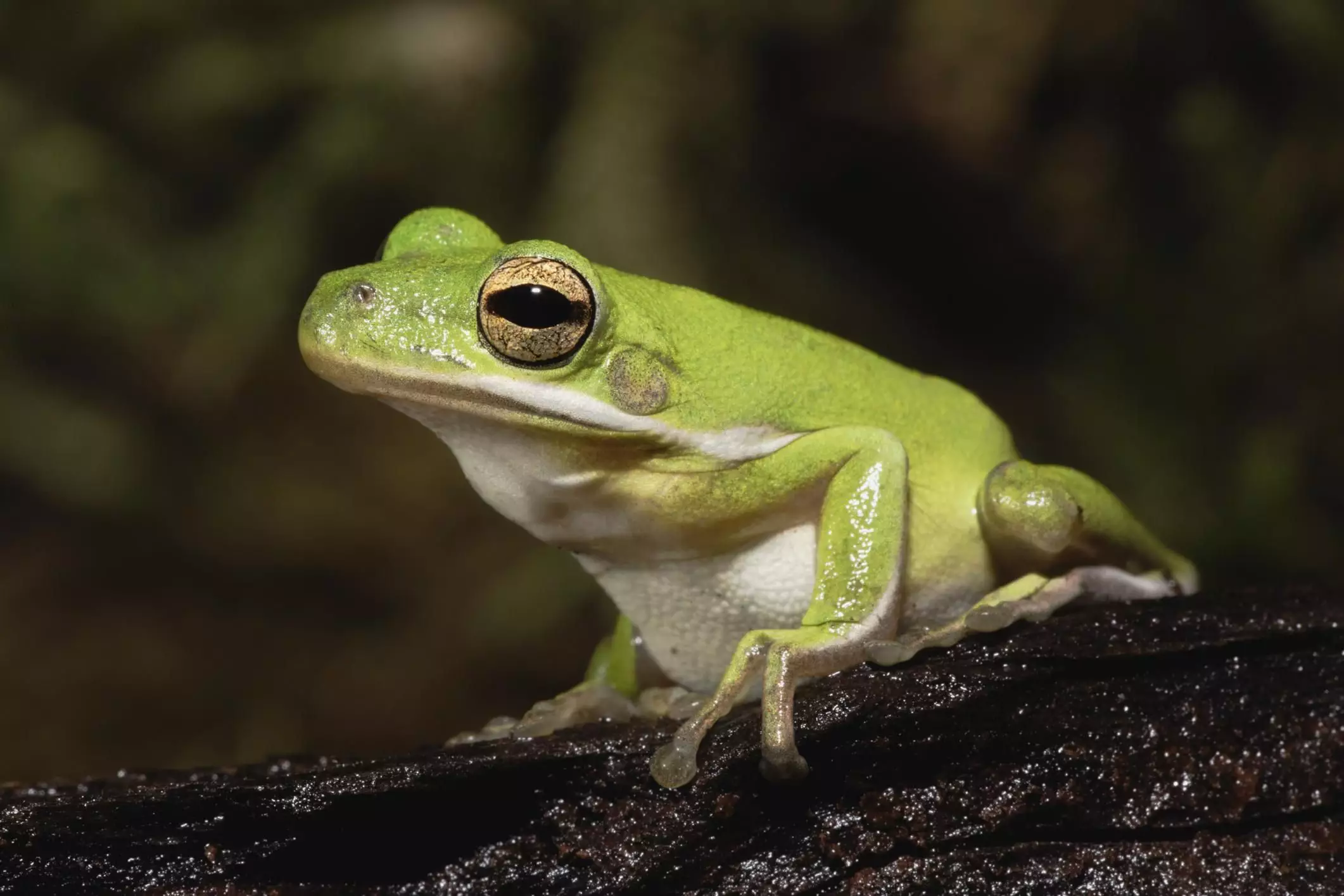In the vibrant tapestry of amphibious life in the United States, the American green tree frog (Hyla cinerea) stands out not just for its striking color but for its captivating behaviors and unique care requirements. While these frogs may seem simple or even diminutive at first glance, understanding their ecology, habitat preferences, and care needs can transform a casual interest into a passionate hobby.
Natural Habitat and Adaptation
Found primarily in the southeastern regions of the U.S., from the sun-soaked shores of Florida up to the rolling hills of Virginia, American green tree frogs thrive in lush environments rich with greenery. Their bright green coloration provides excellent camouflage among the foliage, allowing them to hide from predators effectively. Beyond aesthetics, this adaptation indicates how vital their environment is; they don’t just need space, but a carefully curated piece of biodiversity that mimics their natural habitat.
In the wild, these frogs prefer wetland areas and locations with ample vegetation to climb and perch upon, which highlights an inherent trait of arboreal living. When setting up a habitat for an American green tree frog in captivity, it is essential to prioritize vertical space over horizontal space. A tall terrarium can facilitate climbing, mimicking the trees and shrubs they are naturally inclined to inhabit.
Creating the Perfect Environment
The proper care of an American green tree frog necessitates an understanding of both their habitat preferences and their biological needs. A 10-gallon tank serves as the minimum requirement, but larger enclosures provide even more climbing opportunities, enhancing their well-being. A secure lid is non-negotiable; these frogs are escape artists by nature.
Equipping their environment with a variety of climbing structures—such as sturdy branches and artificial vegetation—will encourage natural behaviors. Live plants not only enrich the setting but can also aid in maintaining humidity levels. However, homeowners must exercise caution by ensuring that any collected plant material or wood is free of harmful pesticides or chemicals that could jeopardize the frogs’ health.
Maintaining humidity levels is critical. American green tree frogs thrive in environments where humidity fluctuates from 50% to 60% during the day, soaring to an impressive 80% to 100% at night. Achieving this humidity can sometimes involve the use of automated misting systems, particularly for enthusiasts unable to mist the enclosure regularly.
Caring for the American Green Tree Frog
Although American green tree frogs are relatively hardy, they are not entirely low-maintenance. Their skin is permeable and can be easily harmed through frequent handling. For this reason, frequent interaction should be avoided, as these frogs thrive best in a hands-off environment. Instead, froggers often find joy in merely observing the fascinating behaviors and whimsical personalities of these creatures.
Feeding is one dimension that can be both rewarding and challenging. As insectivores, their diet primarily consists of gut-loaded crickets, fruit flies, and other small insects. Recognizing the seasonal variations in appetite is vital since these frogs tend to eat more during warmer months. Overfeeding can lead to obesity, significantly impacting their health. It’s essential for pet owners to monitor their feeding patterns closely while combining nutritious offerings with periodic calcium and multivitamin supplements to prevent deficiencies.
Health Risks and Disease Management
Like many amphibians, American green tree frogs are susceptible to various health threats in both wild and captive environments. Routine maintenance is essential to mitigate risks such as ammonia poisoning, which arises from waste accumulation in their habitat. Implementing a weekly cleaning routine with hot water—avoiding soap entirely—is paramount for retaining both a sanitary environment and the health of your frog.
Awareness of potential ailments is vital. Common signs denote issues such as skin infections and respiratory complications, which can arise from improper humidity levels. Symptoms such as drooling, lethargy, or reduced appetite warrant immediate attention from a veterinarian familiar with exotic pets. Proactivity is key, as timely interventions can spell the difference between recovery and serious complications.
Captive Breeding Considerations
Before acquiring an American green tree frog, it is highly advisable to purchase from reputable breeders rather than capturing wild specimens. This practice not only reduces stress on wild populations, which are increasingly threatened by habitat loss but also offers the guarantee of healthier frogs that have been raised in controlled environments. Prices typically hover around $10, making these fascinating pets accessible to a wide array of enthusiasts.
If ownership of an American green tree frog sparks an interest, it opens pathways to explore related species and deepen one’s understanding of amphibian care and conservation. The joys of observing these delightful creatures can create not just an engaging hobby but advocate for the protection of their wild counterparts, contributing to the preservation of an ever-diminishing ecosystem.

